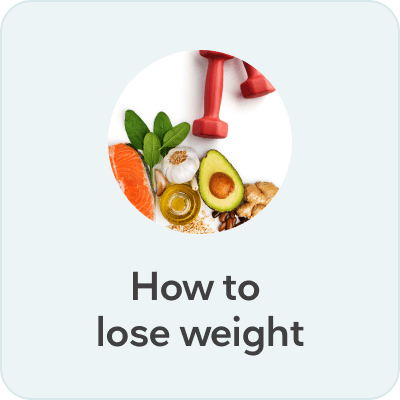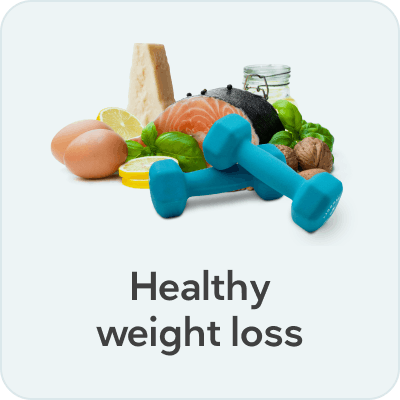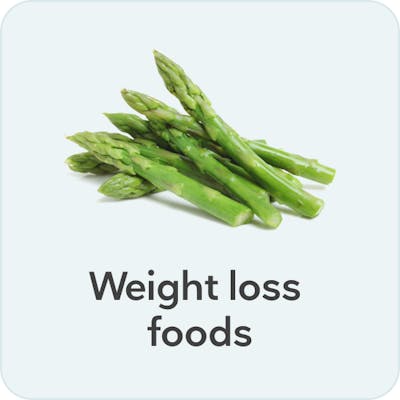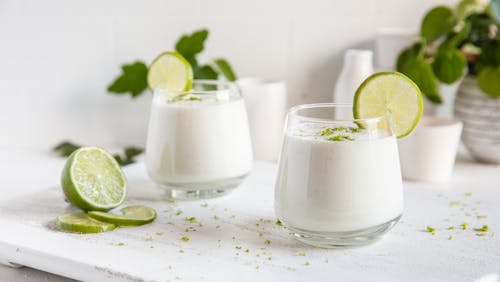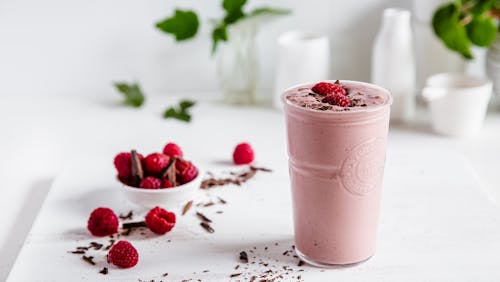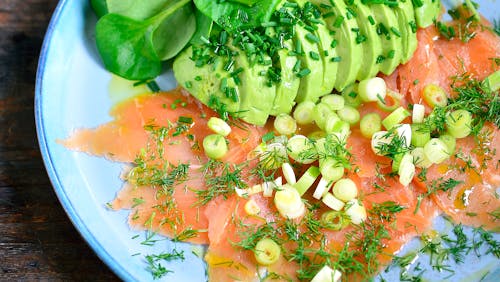The best fruits for healthy weight loss
Evidence based
Is eating fruit helpful or harmful for healthy weight loss? The answer depends on the type of fruit you choose, how much you eat, the diet you follow, and how your blood sugar responds.
Fortunately, you can enjoy certain fruits often — even daily — no matter which diet approach you prefer. The key is knowing which kinds and amounts to include.
In this guide, you’ll learn how to choose the best fruits for weight loss that fit your dietary preferences and health goals.
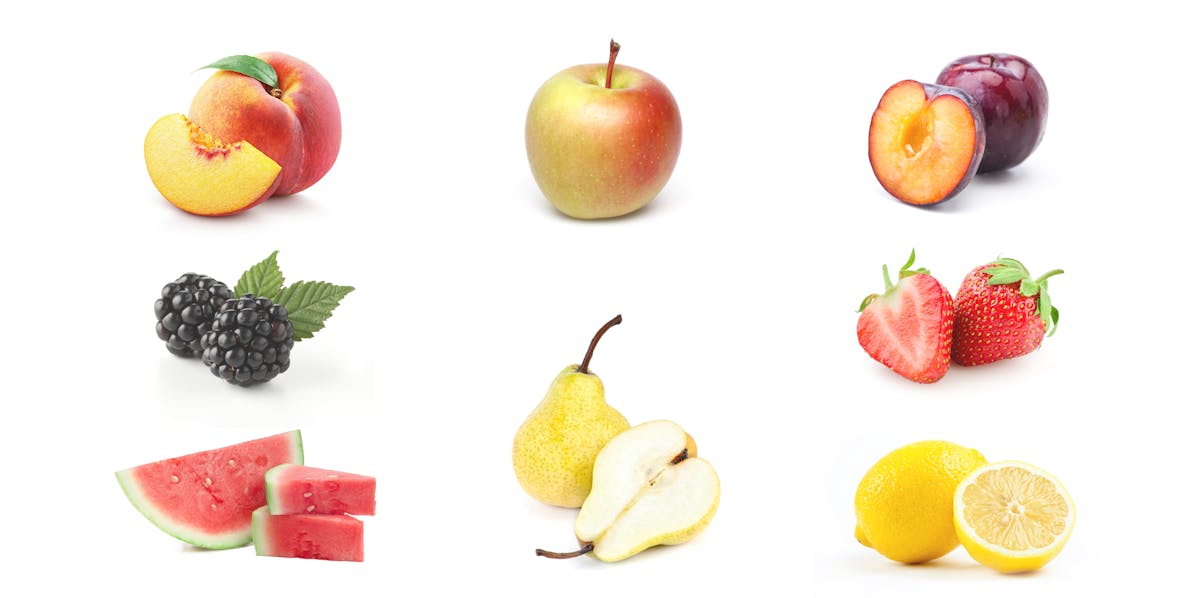

10 of the best fruits for healthy weight loss
Selecting fruits for healthy weight loss
Healthy weight loss involves taking in fewer calories than your body requires to maintain its weight in a way that keeps insulin levels low, while meeting your needs for essential nutrients like protein, vitamins, and minerals.1 And for weight loss to be sustainable, it’s also important to avoid feeling hungry or deprived.Foods that promote healthy weight loss are those that provide the most nutrition and satiety — feeling comfortably full and satisfied — for the fewest calories.
These foods share several features, including:
- High protein percentage: Healthy weight loss foods get a high percentage of their calories from protein, an essential nutrient you need to consume to survive and thrive.2 Plus, strong evidence confirms that getting plenty of protein can help you feel full, lose body fat, and retain muscle mass.3 A food’s protein percentage tells you how much of its calories come from protein instead of fat and carbs. 4 All fruits are low in protein and get very few of their calories from protein. So, since protein plays such an important role in weight loss and overall health, fruit shouldn’t be considered a primary source of nutrition in your diet. To lose weight in a healthy way, eat mostly meat, seafood and eggs, dairy products, plant-based foods, and vegetables that provide a lot of protein per calorie. Enjoy fruit in smaller amounts after ensuring that you’ve met your protein target.
- Low energy density:“Energy density” refers to the calories (or energy) in a specific weight of food. It is typically expressed as the number of calories per gram of food (calories/gram). The lower the number, the fewer calories a given amount of food contains. Foods that are high in water or fiber have lower energy densities than foods with less water or fiber. This is because water provides zero calories per gram, and fiber is estimated to provide less than 1 calorie per gram.5 By contrast, protein and carbs provide 4 calories per gram and fat provides 9 calories per gram. Research suggests that people usually end up taking in fewer calories overall when they eat foods with low energy densities compared to foods with high energy densities.6 Most fresh fruits have very low energy densities (less than 1 calorie/gram). They contain “natural” sugar; indeed, nearly all of their calories come from sugar (carbs). However, because their sugar is diluted by water and packaged with fiber, most fruits contain few calories per serving.
- High in fiber: Fiber is the non-digestible portion of carbs found in plants. In studies, fiber has been shown to help people feel full, eat less, and absorb slightly fewer calories from mixed meals.7 Since these trials involved people who eat standard (higher carb) diets, some of these potential benefits may not apply to low-carb eaters. However, because fiber is bulky and stretches the stomach, it may provide you with short-term satiety, regardless of the diet you follow. Although all fruits contain fiber, some have much more than others. Fresh fruits contain anywhere from 0.4 to 9 grams of fiber per serving. In general, low-sugar fruits tend to be higher in fiber than other fruits.
Diet approach and health goals
Importantly, different types and amounts of fruit work well for different diets. And strong scientific support exists for many weight loss approaches.
For example, keto and low-carb diets, which include very little fruit, can be very effective for losing weight.8 Mediterranean diets, which typically encourage several servings of fruit per day, may also lead to weight loss.9 A low-carb Mediterranean diet with less fruit can be an effective weight loss approach, too.10
Similarly, people have lost weight by following plant-based (vegan or vegetarian) diets that contain modest amounts of fruit.11 You can also eat a low-carb vegetarian or vegan diet that includes less fruit. Finally, take your health goals into consideration when making fruit choices. Consuming higher carb fruits may raise your blood sugar if you have diabetes or prediabetes.12 So stick with lower sugar fruits, or test your blood sugar one to two hours after consuming higher sugar fruits to determine your personal threshold.The best and worst fruits for healthy weight loss
Below, you’ll find three broad categories of fruits: low sugar, medium sugar, and high sugar. Each category is divided into subcategories, where fruits are listed from best to worst based on their carb and fiber content, energy density, and percentage of calories from protein.
In this guide, we provide nutrition information for the most common fruits.13 These are based on average values. Protein, carbs, and fiber content can vary slightly depending on growing conditions and differences among fruit varieties.
| Dark green | Light green | Yellow | Orange-red | Red | |
|---|---|---|---|---|---|
| Protein percentage | 51 to100% | 31 to 50% | 21 to 30% | 10 to 20% | Less than 10% |
| Energy density | 0.1 to 1.0 calories/gram | 1.1 to 2.3 calories/gram | 2.4 to 3.5 calories/gram | 3.6 to 5.0 calories/gram | More than 5.0 calories/gram |
For healthy weight loss, choose fruits with energy density ranges in the green columns. Note: Although all fruits have low protein percentages, some types can be enjoyed in moderation, depending on the type of diet you follow.
Low-sugar fruits
Most low-sugar fruits contain few net carbs (total carbs minus fiber) and generally provide more water and fiber than other fruits.
These fruits are ideal for all weight loss diets, including keto and low carb. If you follow a keto or low-carb lifestyle, feel free to include one to three servings of low-sugar fruits per day, based on your target carb level.
Note:
Several vegetables are also technically low-sugar fruits, such as tomatoes, peppers, and cucumbers. You can learn more about them and their nutrition profiles in our guide to the best high-protein vegetables for weight loss.
Berries
Brightly colored berries are prized for their delicate flavor and low sugar content. However, if you follow a keto or very low-carb diet, consume blueberries in very small amounts. They provide about twice as many carbs compared to an equal serving of the other berries on this list.
Enjoy berries alone or combine them with plain Greek yogurt or cottage cheese for a high-protein, high-fiber breakfast or snack.
Here is the nutrition information for different berries:
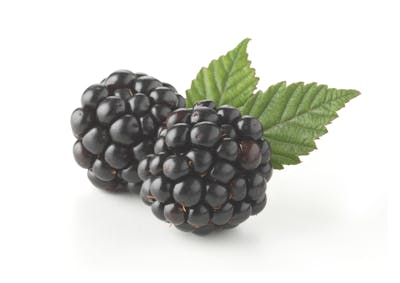

4.5 grams
5.3 grams
1.4 grams
0.3
20%
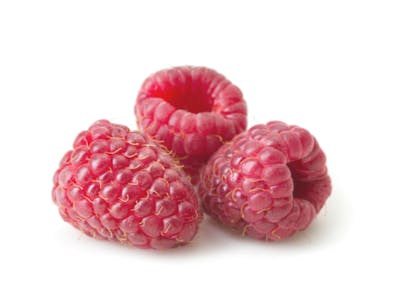

5.5 grams
6.5 grams
1.2 grams
0.3
15%
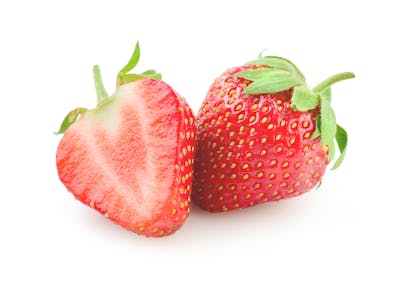

6 grams
2 grams
0.7 grams
0.3
10%


12 grams
2.5 grams
0.7 grams
0.5
5%
Fatty fruits
Fatty fruits include non-sweet fruits that are often grouped with vegetables, such as avocados and olives. They’re lower in carbs and higher in fat, calories, and fiber than many fruits.
Include a serving or two of fatty fruit daily — in salads, other meals, or snacks — to boost flavor and fullness without adding excessive calories.
Also, stick to small portions of coconut, especially dried coconut, which has a very high nutrient density. Dried coconut contains much less water and nearly twice as many calories compared to an equal serving of fresh coconut.
Here is the nutrition information for different fatty fruits:


2 grams
6.7 grams
2 grams
1.5
5%
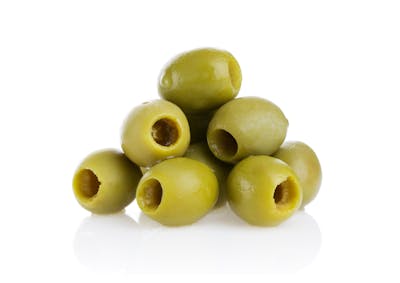

3 grams
3 grams
0.8 grams
1.1
3%


6 grams
9 grams
3.3 grams
3.4
4%


7.3 grams
16.3 grams
6.9 grams
6.4
4%
Medium-sugar fruits
Medium-sugar fruits are popular because they’re flavorful, versatile, and widely available in most areas. They’re the largest and most diverse broad category of fruits in this guide.
Eating up to three servings of medium-sugar fruits can fit with Mediterranean, vegetarian, and vegan diets, among others. However, most of them are too high in carbs for keto and low-carb diets unless consumed in small amounts.
Melon
Unlike most fruits, melons provide very little fiber. However, they’re especially rich in water (watermelons are named appropriately!), which dilutes their sugar content. Because of this, they have modest carb counts and low energy densities.
Here is the nutrition information for different melons:


7 grams
0.9 grams
0.8 grams
0.3
10%
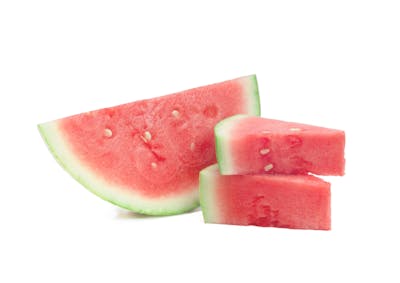

7 grams
0.4 grams
0.6 grams
0.3
8%
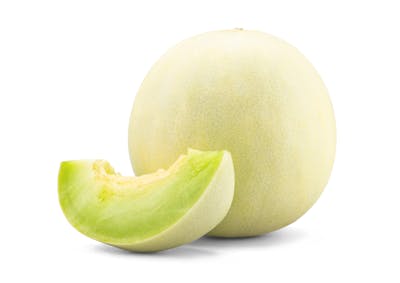

8 grams
0.8 grams
0.5 grams
0.4
6%
Citrus
Citrus fruits provide vitamin C and flavor that ranges from slightly tart to extremely sour. Their carb counts vary depending on type; the sweeter the fruit, the higher its sugar and net carbs. If you follow a keto or low-carb diet, feel free to add a wedge of lemon or lime to your water or iced tea and use their juice in salad dressing, sauces, and other recipes.
Here is the nutrition information for different citrus fruits:
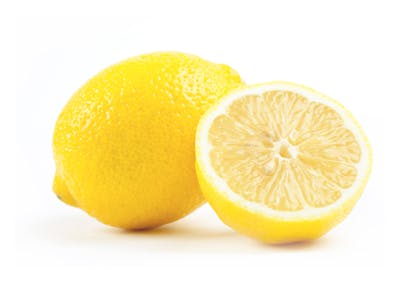

6.5 grams
2.8 grams
1.1 grams
0.3
13%
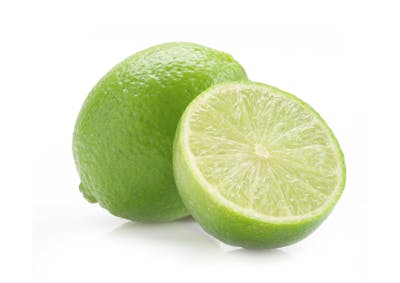

7.5 grams
2.8 grams
0.7 grams
0.3
9%
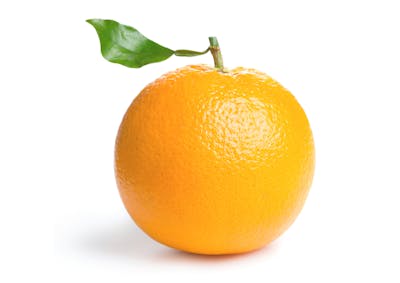

9 grams
2.4 grams
0.7 grams
0.4
7%
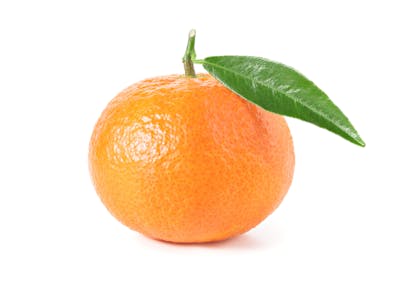

10 grams
1.7 grams
0.9 grams
0.5
8%
Other medium-sugar fruits
This list includes summer fruits like peaches, plums, cherries, and fruits that are available year-round, such as apples and pears. Enjoy these mildly sweet, high-fiber fruits alone or chopped up and mixed with Greek yogurt or cottage cheese.
Here is the nutrition information for other medium-sugar fruits:


8 grams
1.5 grams
0.9 grams
0.4
9%
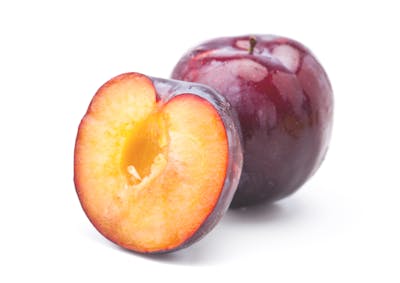

10 grams
1.4 grams
0.7 grams
0.5
6%
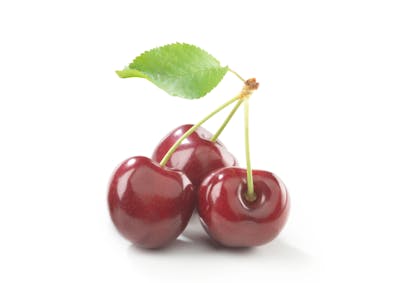

10 grams
1.6 grams
1 gram
0.5
8%


12 grams
3 grams
1.1 grams
0.6
8%
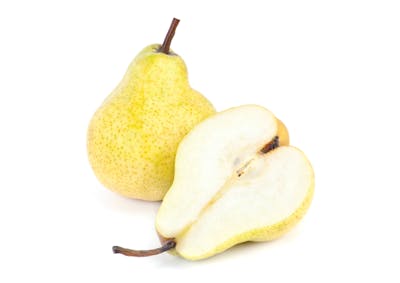

12 grams
3 grams
0.4 grams
0.5
3%
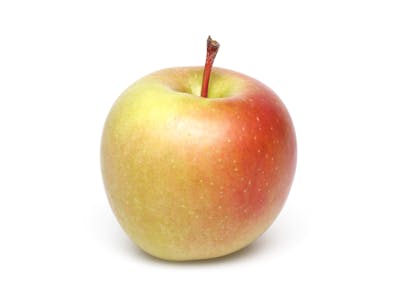

12 grams
2.5 grams
0.3 grams
0.5
3%
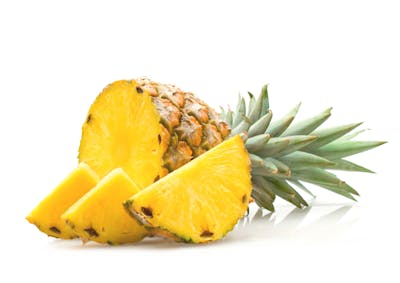

12 grams
1.4 grams
0.5 grams
0.5
4%
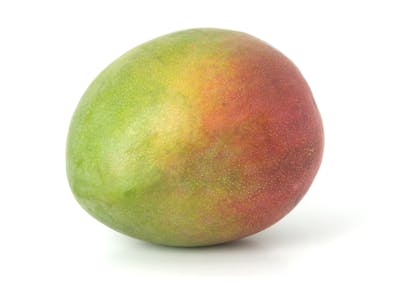

13 grams
1.6 grams
0.8 grams
0.4
5%

High-sugar fruits
As expected, the sweetest fruits are higher in sugar and carbs than other types. Therefore, they shouldn’t be considered go-to fruits, no matter what type of diet you follow.
Fresh high-sugar fruits
The fruits in this group pack plenty of carbs per serving. Bananas are at the bottom of the list because they’re not only high in sugar but also lower in water than other fruits.
So, if you eat a keto or low-carb diet, it’s best to minimize or avoid high-sugar fruits altogether. If you follow a Mediterranean, plant-based, or other weight loss approach, you may be able to include a serving or two per day, depending on the rest of your diet and your blood sugar response to these fruits.
Here is the nutrition information for fresh high-sugar fruits:


16 grams
3 grams
0.7 grams
0.7
4%
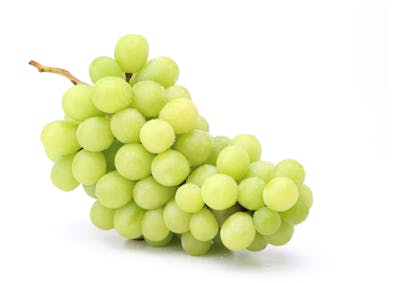

16 grams
0.9 grams
0.6 grams
0.7
3%
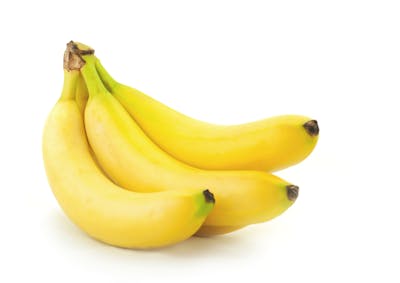

20 grams
2.6 grams
1 gram
0.9
5%
Dried fruits
Dried fruits are by far the worst fruit option for healthy weight loss. Why? Most of their water has been removed, which concentrates their sugar and calories. You’ll get more than twice as many net carbs and calories in a serving of dried fruit compared to an equal serving of the same fruit in its raw state.
Yes, dried fruit is higher in fiber than fresh fruit, but the increase in net carbs and calories is much greater. Some dried fruits contain added sugar, too. However, unsweetened dried cranberries and other berries are lower in sugar and can be used in very small amounts.
So, in addition to being low in protein, most dried fruits are loaded with sugar, have high energy densities, and don’t provide much satiety per calorie.
To lose weight in a healthy, successful way, avoid or greatly minimize your dried fruit intake.
Here is the nutrition information for dried fruits:
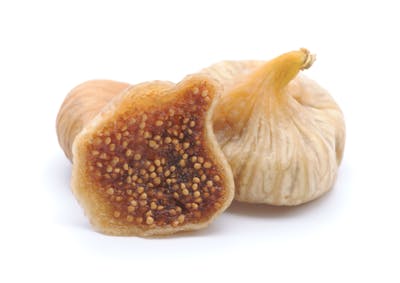

54 grams
10 grams
3.3 grams
2.4
5%


55 grams
7.3 grams
3.4 grams
2.4
6%


57 grams
7 grams
2.2 grams
2.4
4%
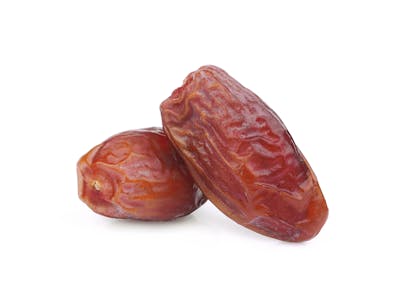

68 grams
7 grams
1.8 grams
2.8
3%


72 grams
6.8 grams
2.5 grams
3
3%
Fruit-based recipes for healthy weight loss
Although fruits are delicious on their own, they’re also excellent additions to high-protein entrees, desserts, and smoothies. Here are some healthy weight loss recipes that feature fruit:
Summary
Most fruits are tasty, rich in fiber, and low in calories. On the other hand, they contain very little protein and get most of their calories from sugar.
While some fruits may be helpful for weight loss, they’re best enjoyed in low to moderate amounts, based on your eating preferences and health goals.
The best fruits for healthy weight loss - the evidence
This guide is written by Franziska Spritzler, RD and was last updated on June 19, 2025. It was medically reviewed by Dr. Bret Scher, MD on November 3, 2021.
The guide contains scientific references. You can find these in the notes throughout the text, and click the links to read the peer-reviewed scientific papers. When appropriate we include a grading of the strength of the evidence, with a link to our policy on this. Our evidence-based guides are updated at least once per year to reflect and reference the latest science on the topic.
All our evidence-based health guides are written or reviewed by medical doctors who are experts on the topic. To stay unbiased we show no ads, sell no physical products, and take no money from the industry. We're fully funded by the people, via an optional membership. Most information at Diet Doctor is free forever.
Read more about our policies and work with evidence-based guides, nutritional controversies, our editorial team, and our medical review board.
Should you find any inaccuracy in this guide, please email andreas@dietdoctor.com.
Essential nutrients are vital to health and must be obtained from your diet because your body can’t make them on its own. ↩
Muscle, hormones, enzymes, and other structures in your body are made up of 20 amino acids, the building blocks of protein. Every day, old proteins are broken down. Although most are recycled, a portion needs to be replenished with new amino acids, nine of which are essential, meaning your body can’t make them. These nine amino acids must come from protein in your diet:
International Journal for Vitamin and Nutrition Research 2011: Protein turnover, ureagenesis and gluconeogenesis [overview article; ungraded] ↩Journal of the American College of Nutrition 2004: The effects of high protein diets on thermogenesis, satiety and weight loss: a critical review [systematic review of randomized trials; strong evidence]
Nutrition Reviews 2016: Effects of dietary protein intake on body composition changes after weight loss in older adults: a systematic review and meta-analysis [systematic review of randomized trials; strong evidence] The American Journal of Clinical Nutrition 2013:Contribution of gastroenteropancreatic appetite hormones to protein-induced satiety [randomized trial; moderate evidence] Nutrients 2018:Satiating effect of high protein diets on resistance-trained subjects in energy deficit [randomized trial; moderate evidence] ↩Fiber isn’t included in the calorie count because it’s generally accepted that humans don’t produce the enzymes needed to break down fiber:
Gut Microbes 2017: Dietary fiber and prebiotics and the gastrointestinal microbiota [overview article; ungraded] Instead, fiber passes through your system until it reaches your colon, where it is either fermented by bacteria or eliminated, depending on the type: International Journal of Molecular Sciences 2017: Gut fermentation of dietary fibres: physico-chemistry of plant cell walls and implications for health [overview article; ungraded] ↩Foods contain both soluble and insoluble fiber. The majority of dietary fiber is insoluble fiber, which provides zero calories per gram. Soluble fiber is believed to provide roughly 1 to 2 calories per gram as a result of being fermented into short-chain fatty acids in the colon:
Journal of Nutrition and Metabolism 2019: The role of fiber in energy balance [overview article; ungraded] ↩In short-term trials, overweight and lean women ended up eating fewer calories when they were allowed as much food as they wanted at low-energy-density meals compared to high-energy-density meals – even though they reported having similar hunger and fullness levels after all meals:
The American Journal of Clinical Nutrition 1998:Energy density of foods affects energy intake in normal-weight women [randomized trial; moderate evidence] In a one-year trial, overweight women who cut back on fat and increased the amount of foods with low energy density in their diet lost more weight than women who simply cut back on fat, even though both groups were allowed to eat as much as they wanted: The American Journal of Clinical Nutrition 2007:Dietary energy density in the treatment of obesity: a year-long trial comparing 2 weight-loss diets [randomized trial; moderate evidence] In a small study of 10 overweight and 10 normal weight adults, on average, participants took in only half as many calories when they ate mostly low-energy density foods (vegetables, dried beans, fruits, and lean meats) compared to mostly foods with high energy density (fattier meats and sweets) for five days: The American Journal of Clinical Nutrition 2001:Energy density of foods affects energy intake across multiple levels of fat content in lean and obese women [randomized trial; moderate evidence] ↩Obesity Reviews 2011: Effects of dietary fibre on subjective appetite, energy intake and body weight: a systematic review of randomized controlled trials [systematic review of randomized trials; strong evidence]
International Journal of Obesity 2014: Satiety and energy intake after single and repeated exposure to gel-forming dietary fiber: post-ingestive effects [randomized trial; moderate evidence] Nutrition 2018: A nonrestrictive, weight loss diet focused on fiber and lean protein increase [non-controlled study; weak evidence] The Journal of Nutrition 1997: Dietary fiber decreases the metabolizable energy content and nutrient digestibility of mixed diets fed to humans [randomized trial; moderate evidence] ↩PLoS One 2015: Dietary intervention for overweight and obese adults: Comparison of low-carbohydrate and low-fat diets. A meta-analysis [strong evidence]
Obesity Reviews 2016: Impact of low‐carbohydrate diet on body composition: meta‐analysis of randomized controlled studies [strong evidence for fat mass loss on very low-carb diets in particular] ↩
Journal of the Academy of Nutrition and Dietetics 2015: Lifestyle weight-loss intervention outcomes in overweight and obese adults with type 2 diabetes: a systematic review and meta-analysis of randomized clinical trials [strong evidence] ↩
Diabetes, Obesity & Metabolism 2010: A low carbohydrate Mediterranean diet improves cardiovascular risk factors and diabetes control among overweight patients with type 2 diabetes mellitus: a 1-year prospective randomized intervention study [randomized trial; moderate evidence] ↩
Journal of General Internal Medicine 2016: Vegetarian diets and weight reduction: a meta-analysis of randomized controlled trials [strong evidence]
Diabetes, Metabolic Syndrome and Obesity 2020: Effects of plant-based diets on weight status: A systematic review [strong evidence] ↩Of the three macronutrients (carbs, protein, and fat), carbs raise blood sugar the most — especially in people who have diabetes:
Diabetes Care 2004: Dietary carbohydrate (amount and type) in the prevention and management of diabetes [overview article; ungraded]
This is why the American Diabetes Association states that regardless of the type of diet you follow, reducing carbohydrate intake improves blood sugar control:
Diabetes Care 2019: Nutrition therapy for adults with diabetes or prediabetes: a consensus report [report; ungraded] ↩
We obtained nutrition information from FoodData Central, the USDA’s nutrient profile database. ↩
Although clementines and tangerines are slightly different fruits, they share many similarities and their nutrition profiles are nearly identical ↩



